Go big or go home, right? Well, in the rabbit world, you can’t go any bigger than the Flemish Giant. But there’s more to this big bunny than it’s size. The Flemish Giant rabbit has an interesting history and fills a unique niche in the rabbit world. It’s also quite a character.
History of the Flemish Giant Rabbit
The Flemish Giant is an older breed. Its origins date back to the 1500s in Flanders (now northern Belgium). There, giant rabbit breeders combined a variety of meat and fur breeds to create the ultimate meat and fur rabbit.
The first record of the Flemish Giant as a breed dates back to 1860. Rabbit breeders wrote down breed standards for the first time in 1883. Some years later, in the 1890s, Flemish Giant rabbit breeders brought the Flemish Giant to the United States, where rabbit husbandry was taking off.
Flemish Giant rabbit breeders thought, rightly, that introducing the Flemish Giant to American rabbit breeding stock would improve the production of both meat and fur.
It wasn’t until after 1910, though, that the Flemish Giant’s popularity began to soar. This was the year that this rabbit breed started appearing at fairs and livestock shows.
Today the Flemish Giant rabbit is still a source of meat and fur. But many people keep them as pet rabbits, too.
How Big is the Flemish Giant Rabbit?
Is this picture for real? Absolutely. As you can see, some members of this breed can reach the size of a medium-sized pet dog like a Shetland Sheepdog.

The average Flemish Giant weighs about 15 pounds (6.8 kilograms), though the breed can get even larger. Some of these rabbits can even reach up to 10 kilograms (22 pounds). The longest Flemish Giant rabbit ever recorded was four feet three inches long!
Flemish Giant rabbits have a long, muscular body with wide hindquarters. These rabbits are considered a “semi-arch” breed, as their spine has a noticeable, though the not extreme arch.
Flemish Giants have a thick, dense, and glossy “rollback” type coat. The American Rabbit Breeders Association breeding standard recognizes seven colours for the Flemish Giant rabbit breed:
- Black
- Blue
- Fawn
- Sandy
- Light gray
- Steel gray
- White
Flemish Giant bucks and does have a few different characteristics. Bucks have a much larger, broader head. Does, on the other hand, often have a full dewlap. It can take Flemish Giants up to a year and a half to reach maturity.
Temperament
Many have described the Flemish Giant as a gentle giant. As a breed, they tend to be calm, docile, and sweet-natured. Of course, individual personalities can vary. Also, your rabbit’s background may influence how it interacts with you and your family. On the whole, though the Flemish Giant makes an excellent family pet.
The Flemish Giant is an intelligent pet. Like most rabbits, you can train them to use a litter box. They’re also capable of learning tricks. Also, their size allows them to live safely with other pet animals, and many enjoy doing so.
At the same time, as big as they are, Flemish Giant rabbits are still rabbits. This means that they’re prey animals. They may become nervous or frightened more easily than you might expect from an animal that large. And, as we all know, frightened rabbits sometimes kick, scratch and bite.
So it’s important to take special care with Flemish Giants, as they’re large enough and muscular enough to do real damage if they feel threatened.
What to Feed Your Flemish Giant Rabbit
Like all rabbits, the Flemish Giant should eat a diet consisting mainly of fresh hay and grass. Many experts recommend the following dietary parameters:
- Your rabbit should eat its weight in grass daily
- Alternately, hay should make up a minimum of 70% of your rabbit’s diet
- 18% protein pellets should make up no more than one-third of your rabbit’s daily diet
- Keep treats to 10% of your rabbit’s diet or below
Also, make sure your Flemish Giant has access to plenty of fresh water at all times. All rabbits are sensitive to heat, but the Flemish Giant’s size means that they’re even more so. Having plenty of water available can help.
Flemish Giants have an appetite to match their size. If you’ve owned different types of rabbits before, the appetite of the Flemish Giant may surprise you.
Feel free to supplement your big pal’s diet with plenty of rabbit safe fruits and vegetables. These may include:
- Parsley
- Spinach
- Beet greens
- Mustard greens
- Dandelion greens
- Radish tops
- Carrot tops
- Apple (remove the seeds)
- Mint
- Basil
- Watercress
- Celery (cut into very small pieces)
- Edible flowers
- Pear
- Bananas
- Berries
- Mango
- Bell pepper
A Few Words of Caution
Rabbits’ digestive systems are complex and delicate. All rabbits are prone to digestive problems. To reduce this risk, introduce new foods slowly, and one at a time. This will help your rabbit’s digestive system to adjust.
Once your rabbit has become accustomed to different types of vegetables and greens, feed them a variety daily. Give them small amounts of many different foods, rather than a large amount of one type. This will help them to develop and maintain healthy gut bacteria.
Also, be very sparing with fruit. Bunnies love sugar, just like we all do. But, just as with people, too much is bad for them. It can not only cause weight gain, but also tummy upset. So treat fruit like dessert. Fruit also makes a great training treat!
When feeding peppers, apples, cherries, peaches, and apricots, make sure to remove all seeds, pits, and stems, as these can be toxic for rabbits.
Caring For Your Flemish Giant Rabbit
With proper care and feeding, your Flemish Giant can be part of your family for five to ten years.
Grooming
Start with a Rabbit MOT. Once a week, check your rabbit all over. Look for:
- Cuts, scratches, and wounds
- Check the eyes and ears for discharge
- Look for signs of flystrike
Also, pay special attention to your rabbit’s backside. Urine and faeces can attract flies and irritate sensitive rabbit skin. Age and injury can make it harder for a rabbit to groom itself. So, if your rabbit needs help cleaning itself, use pet-safe wipes for safe, gentle cleanup.
But never bathe a bunny!
Flemish giants have a thick, short coat. This is good news because a short-haired rabbit requires a lot less in terms of grooming.
You won’t need to give your Flemish Giant rabbit an elaborate brush out. But most rabbits love a gentle going-over with a slicker brush. Brushing your rabbit can also be a great way to bond with them.
Your rabbit’s nails are constantly growing. So make sure to trim them once a month using a nail clipper made for pets.
Be careful, though. Many rabbits hate having their nails done. Because Flemish Giant rabbits are so big and powerful, you might want to wrap yours in a towel before attempting the clip. You might also want to enlist a friend to help. Even better, schedule regular clipping with your vet.
Handling Flemish Giant Rabbits
Giant rabbits require special handling!
In general, rabbits -- even giant rabbits -- can be delicate. Their bones can break easily and unexpectedly. Also, nervous bunnies can injure themselves trying to escape what they perceive to be a danger.
You might think that because of their size, giant rabbits are less delicate than smaller bunnies. That’s not necessarily so. Their spines, in particular, can be prone to fractures, as can their hind legs. Their size and weight can also make handling them awkwardly.
Also, as we mentioned, the giant Flemish rabbit can do some real damage with its teeth, claws, and hind legs.
Most Flemish Giant rabbits enjoy interacting with their people. They like strokes and cuddles, too. But avoid picking giant rabbits up unless it’s necessary to do so.
Housing Your Flemish Giant
You might have guessed that giant rabbits need a big enclosure. It’s true!
Flemish Giants can live happily indoors or out. But the key to that happy living is having enough space.
How much space?
Every rabbit needs at the minimum:
- Enough horizontal space to hop three times in a row
- Vertical space to stand up on its hind legs without its ears touching the ceiling
- Floor space adequate to stretch out in all directions
And for a Flemish Giant, you’ll need the most massive hutch you can buy.
Also, as we mentioned, due to the size of a Flemish giant, the summer heat can be a big problem. So place your hutch so that it’s out of direct sunlight.
Of course, a hutch is not enough.
Your Flemish Giant will also need a giant exercise space. Invest in an extra-large run -- or more than one. Better yet, fence off a large section of your garden for supervised giant-sized fun.
And if your Big Bunny’s play area is inside, make sure to rabbit-proof any area where your rabbit will be.
- Use a metal (not wooden!) gate to designate your Rabbit Room
- Cover or remove all cords and cables
- Protect furniture legs from extra-large teeth
- Cover or hide baseboards
- Remove houseplants, as many are poisonous to rabbits
A Giant Rabbit is a Giant Responsibility
A big bunny can be big fun. But it’s important to consider both your needs and your rabbit’s needs, to make sure that a Flemish Giant rabbit is a good “fit” for your household.
Do you have a Flemish Giant? Or maybe you’d like to share some advice for potential FGR owners. Drop us a note in the comments!
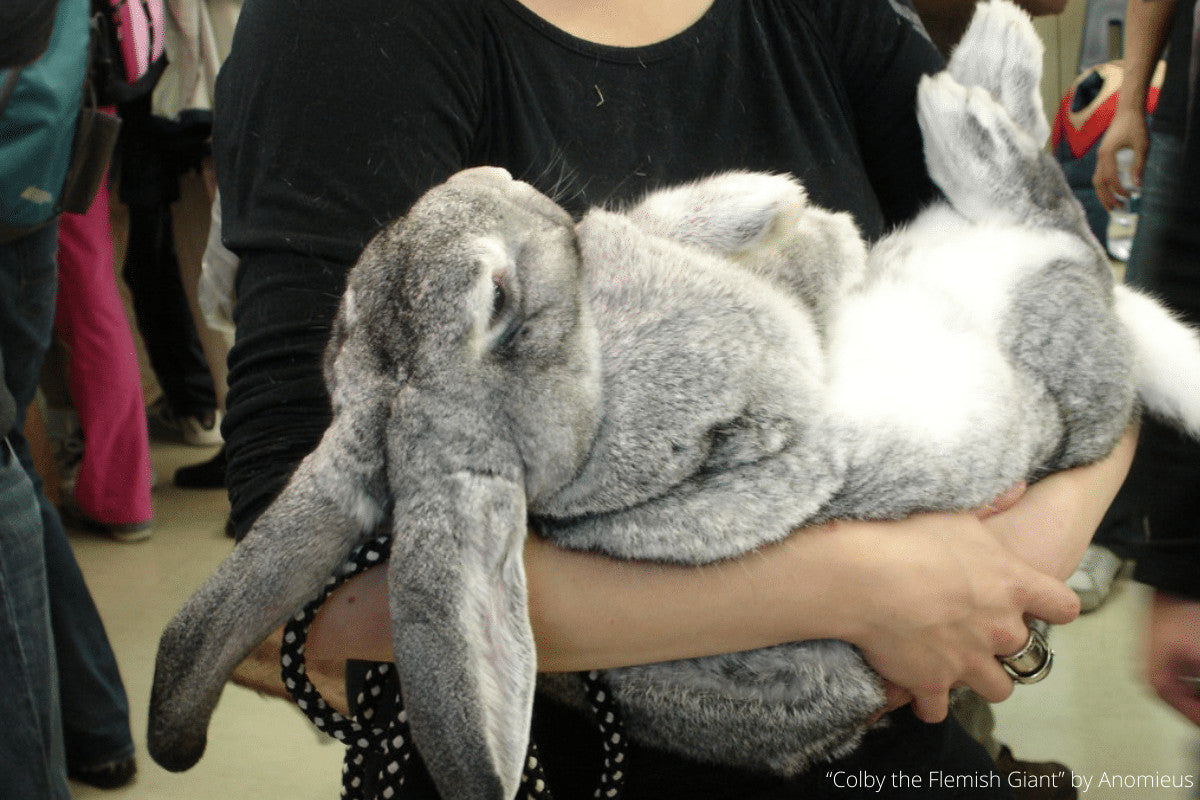

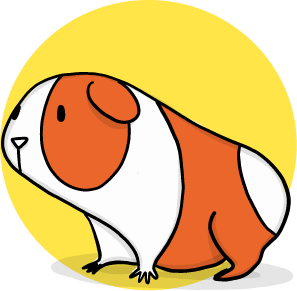
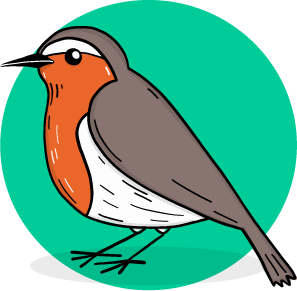
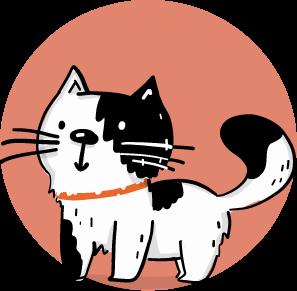

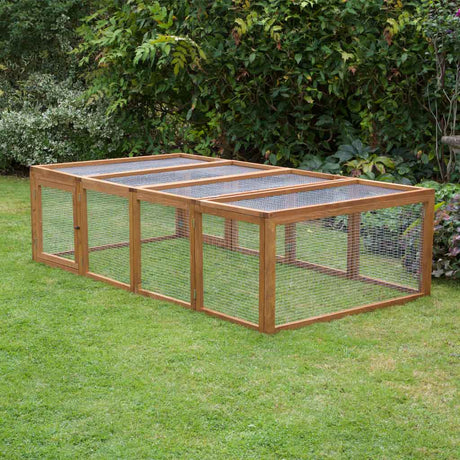
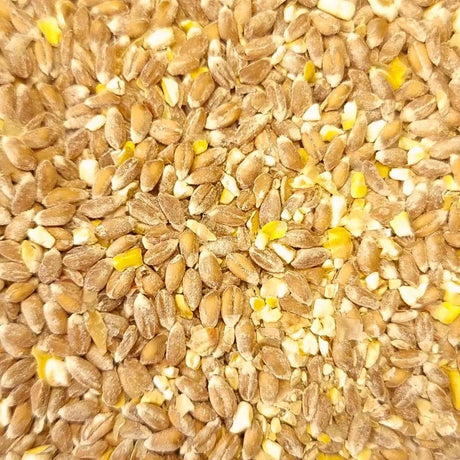

185 comments
Are these beautiful creatures a protected species?
Ahaa, its fastidious dialogue on the topic of this article here at this weblog, I
have read all that, so now me also commenting here.
Op zoek naar een stijlvolle toevoeging aan je sieradencollectie?
Someone essentially lend a hand to make critically posts I would state.
That is the first time I frequented your web page and to
this point? I amazed with the analysis you made to create
this actual submit extraordinary. Fantastic task!
Hey would you mnd letting me know which web host you’re
using? I’ve loaded your blog in 3 different browsers and I must say this blog loads a loot
quicker then most. Can you suggest a good hosting provider at a reasonable price?
Thank you, I appreciate it!
Feel free to visit my page: 카지노사이트
Wow, that’s what I was exploring for, whwt a stuff!
existing here at this website, thanks admmin of this web site.
Here is my blog post … 카지노사이트
Simply wish to say your article is as surprising. The clearness in your put up is just nice and i can think you’re a professional in this subject. Well along with your permission let me to take hold of your RSS feed to stay up to date with imminent post. Thank you one million and please continue the gratifying work.
Very good article. I certainly love this website. Continue the
good work!
Stop byy my site: 카지노사이트
Hoady would you mind letting me knolw which webhost you’re working with?
I’ve loaded your blog iin 3 different web browsers and I
must say this blog loads a loot faster then most. Can youu suggest a gokod web hosting provider at a fair price?
Thanks, I appreciate it!
my page 카지노사이트
Hey there, You have done an incredible job. I’ll certainly digg it and personally suggest
to my friends. I am confident they will be benefited from this website.
Amazing! This blog looks exactly like my old one! It’s on a entirely different topic but it has pretty
much the same layout and design. Great choice of colors!
Wonderful website you have here but I was curious about if you knew of any message boards that cover the same topics discussed in this article?
I’d really like to be a part of community where I can get comments from other experienced people that share the same interest.
If you have any recommendations, please let me know. Many thanks!
I used to be suggested this web site through my cousin. I’m
no longer positive whether this post is written by means of him as nobody else understand such
detailed about my difficulty. You are wonderful!
Thanks!
This is my first time visit at here and i am actually happy
to read all at single place.
I recently tried Organic Body Essentials https://organicbodyessentials.com/products/cbd-capsules-25mg and was pleasantly surprised. Their CBD grease provided immediate help for my angst without any notable side effects. The flavor was mild and not overpowering. Additionally, their bloke navy was the best, addressing my queries promptly. Blanket, I effectively recommend Organic Body Essentials CBD with a view anyone seeking high-quality CBD products.
I recently tried Organic Body Essentials [url=https://organicbodyessentials.com/products/cbd-honey-sticks ]cbd honey online[/url] and was pleasantly surprised. Their CBD unguent provided quick help in place of my anxiety without any notable side effects. The flavor was easygoing and not overpowering. Additionally, their purchaser advice was notable, addressing my queries promptly. Blanket, I highly endorse Organic Body Essentials CBD for anyone seeking high-quality CBD products.